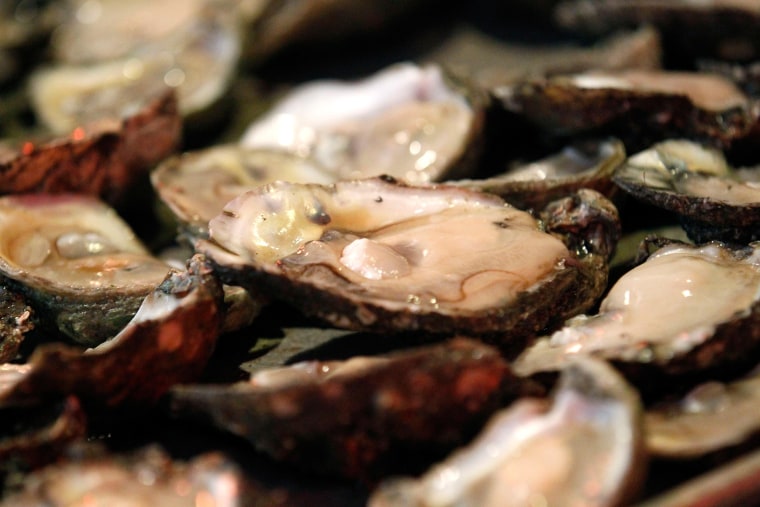The nation’s food poisoning problem hasn’t gotten better since 2006, a disappointing trend for health experts who had hoped to budge the more than 19,000 cases, 4,200 hospitalizations and 80 deaths reported in the U.S. each year.
That’s according to the latest report card on foodborne illness from the Centers for Disease Control and Prevention. It finds that overall, food poisoning rates held steady. Cases of salmonella dipped by 9 percent in 2013, compared with 2010-2012, even as cases of campylobacter infections often linked to dairy foods and chicken jumped 13 percent. Vibrio infections often linked to raw oysters climbed to the highest number ever.
“To be six or seven years out and not seeing a lot of change means we’re no closer to those goals than when we started,” said Dr. Rob Tauxe, deputy director of the CDC’s division responsible for foodborne, waterborne and environmental diseases. “That’s a concern, yes.”
The CDC is measuring progress based on the agency’s Healthy People 2020 goals, which set specific targets for reducing certain kinds of infection. It’s tracked by FoodNet, a system that monitors laboratory-confirmed infections caused by nine pathogens transmitted commonly through food in 10 U.S. sites that cover 15 percent of the population.
There were 7,277 reports of salmonella infection, 6,621 reports of campylobacter infection and 242 cases of vibrio poisoning — up from 165 in 2010-2012 — among others logged by the system.
However, those reports are only a fraction of the actual cases of food poisoning that occur. In many cases, the estimated figure is many times higher. For every case of salmonella and campylobacter reported, for instance, there are 30 actual cases, according to CDC data. For vibrio cases, there are nearly two for every one reported.
The improvement in salmonella incidence was a win, with cases falling to levels last observed at the 2006-2008 baseline. They had jumped in the interim, probably because of a large outbreak of nearly 2,000 illnesses linked to shell eggs in 2010.
Since then, the Food and Drug Administration has put in place new regulations for shell eggs, which Tauxe said may have driven down the new salmonella infections.
The vibrio infections, though low in actual number, are a puzzle. Many infections occur after contact with seawater, but about half are transmitted through food, mostly oysters. But the jump may be caused by a strain of vibrio previously seen only in the Northwest now detected on the Atlantic Coast and the fact that climate change may be causing waters to become warmer, which increases risk of infection, experts said.
